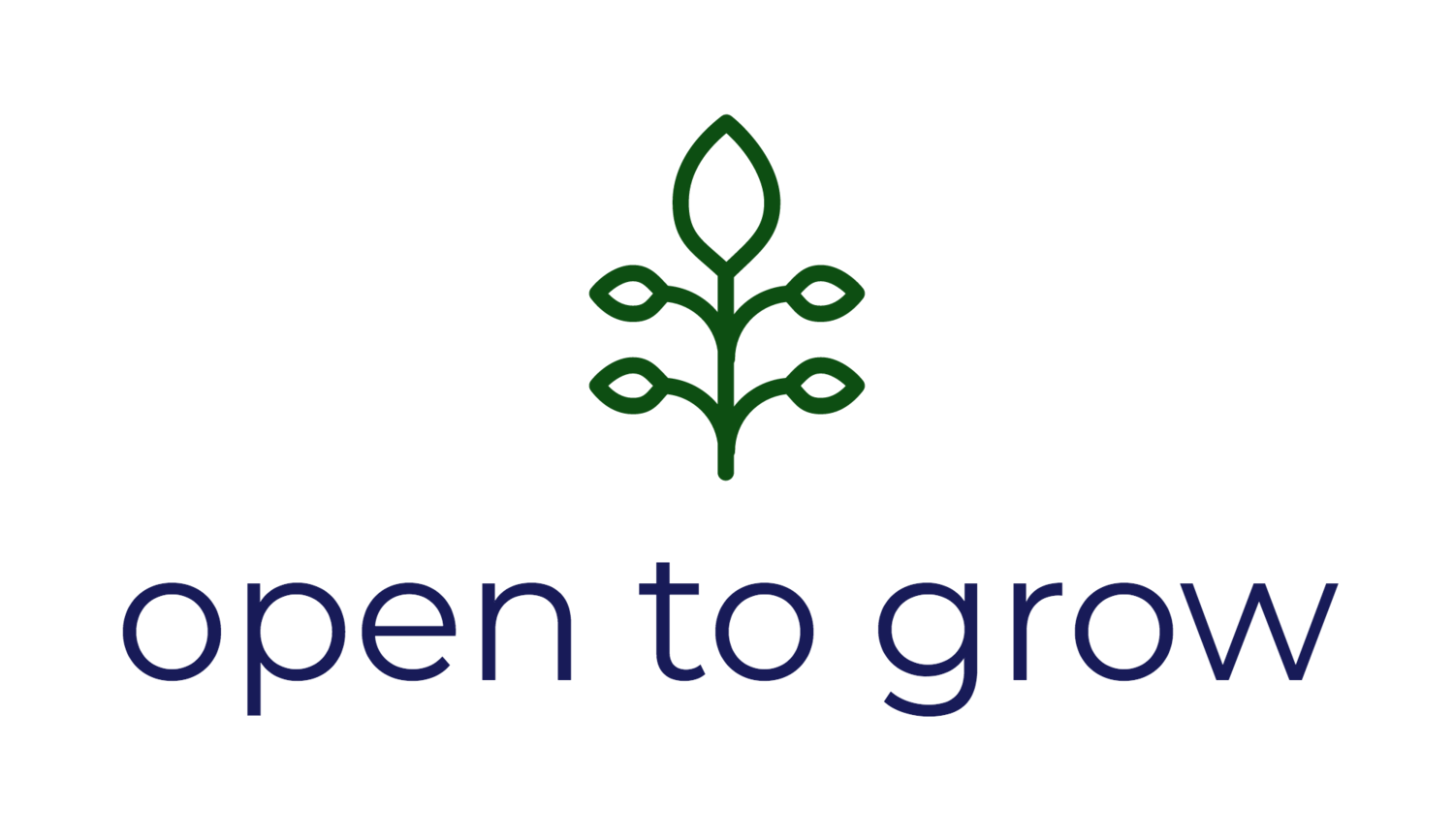The Company Broke my Heart
/I’ve had my heart broken when I didn’t get the job, but without the complication of consummation, recovery is pretty quick. Sometimes heartbreak happens a few years into the relationship, once the honeymoon is over. Sometimes it feels like a lucky escape — like the time I was told by the MD, at the last hurdle, that I was “too much of a free thinker” to join M…
I really love work. Work that means something, work that makes me feel useful; allows me to express my whole-self and grow.
It took me a long time to understand this whole-self bit. For the first decade or so of my working life, I was just awed by the wonder of it all — SO much to learn, so much to do and try and explore. All these new ways of thinking and looking at the world. Acquiring new skills. Understanding the inputs and outputs, the process, cause and effect. As a young woman, I didn’t have the insight or the context to understand what it meant to me. I just simply was — this energetic, inquisitive, eager-beaver; with an open mind and open heart.
When I moved continents in my early thirties the new-ness re-presented — wow was business in Europe (even within a US based multinational) different! The multi-cultural dimension in leadership meetings — (why were the French team members always yelling at each other?) — the first time having a boss for whom English was a second language. I was the novelty! Fascinating, intriguing, a whole new set of variables to navigate. To a point.
To the point where I lost my (business) innocence. Not in a nefarious way, but in the way a little kid first realizes that the world is not as it seems. I was told, straight out, that if I continued to be my authentic self, I would never succeed. I think the words went like this: “Susan, you will never rise above middle management, because you say what you think”. I can still see the look on his face. Condescending, but convinced he was doing me a favor. I was an ambitious leader, and he was trying to counsel me based on his assumption of what was important to me. He was the European Executive Vice President after all. I did ponder his advice, and in that context, he was probably right.
It wasn’t too long after that I left to join even larger multinational, where the challenge wasn’t to my personal approach, but my approach towards innovation. The firm didn’t have the will or time to hear let alone entertain my ideas, so I joined a start up.
Best decision I ever made. Great company, real people, we had a purpose and made a difference. I was encouraged to be Susan, and I thrived.
Fast forward to another continent — correction — small island(s) in the South Pacific. A few zigs and zags, and then…
Back to Corporate. I still had it in me and wanted to exercise those muscles — for challenge and change and taking an axe to the silos. This is how the final interview for my last 2 jobs with multi-nationals went:
Susan (unfurling my peacock feathers): Look at me! Look at all of me! This is what you are going to get!
Company (shuffling excitedly in their penguin suits): Yes! Yes! That’s what we want
Susan: Are you sure?? Really sure?? Look me in the eyes — tell me you are sure!
Company: Yes! Yes! We are really sure! When can you start?
Susan: *blushing* You really really want me, don’t you? I can start today!
Typing this, I see nothing but (my) EGO. And I guess that’s right. I thought I’d done my due diligence, I hadn’t. I should have undertaken these 28 steps.
Does it sound silly when I say those companies ended up breaking my heart? I’d fooled myself into thinking they wanted me for my whole-self, when in truth, they only wanted me for a few tactical facets — like my ability to have the hard conversation, or make target, or negotiate the contract. And yea, maybe that’s what I sold/showed them. And I should have known better.
When you start dating (or start a new job) — you put your best self, or what you perceive to be your best self out front. If your new partner (or company) trusts you, makes you comfortable, supports you and encourages you to be vulnerable, to be real, to be awkward and clumsy and funny and silly and courageous, chances are what develops will be not only strong, but potentially magic. All those quirks and idiosyncrocies and what makes you uniquely you can come out, ask questions, spread mischief, provoke curiosity. To be met with delight, and joy, and a warm smile that says ‘wow, this is everything and more’.
If, on the other hand, these shy (and not so shy) hidden parts start coming out and are met with fear, or disdain, or shock, or sarcasm, beware. If they bring in the seamstress with a tape measure for your penguin suit, RUN! Or at the very least, wrap some barbed wire around your heart.








